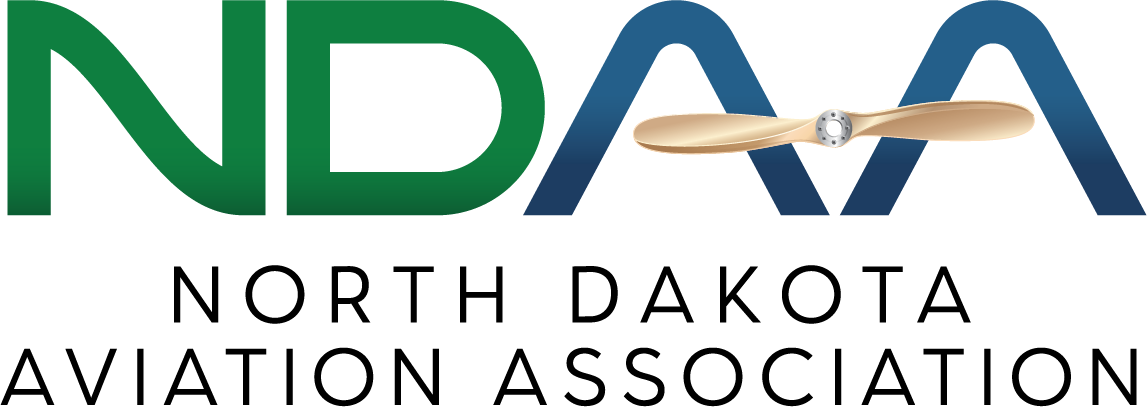I’ve been flying and teaching in the Dakotas for more than 40 years. Overall, I’d say we have it pretty good here in the flatlands. However, a closer look at the national accident data tells a story that is cause for us flatlanders to pay attention.
Did you know that 79 percent of all Controlled Flight Into Terrain (CFIT) accidents have had fatal outcomes? As pilots, we must rethink the dangers that lie below, as well as above. With such land features as the Turtle Mountains, the Killdeer Mountains, the Hogback Ridge area northeast of Bismarck, rising terrain as you head west towards Montana, and the buttes along the Badlands area, all give this “flatland” of ours an altitude change of more than 3000 feet from east to west. I think we can all agree that it’s not that flat out here, except perhaps in the Red River Valley.
I like to think of terrain as anything that might impede my direct-to flight path. It may be the rising terrain, towers, or mountains that could interfere with my flight. By National Transportation Safety Board (NTSB) and International Civil Aviation Organization (ICAO) definition, “Controlled Flight into Terrain (CFIT): occurs when an airworthy aircraft under the complete control of the pilot is inadvertently flown into terrain, water, or an obstacle. The pilots are generally unaware of the danger until it is too late.” It would seem that lack of planning was a key element if it was “too late.”
Statewide, there are more than 1,500 registered communications towers, some like the KVLY towers near Grand Forks reach 2,063 feet in height above ground level (AGL). Of course, along with a tall tower are its support structures. Having a width or total support space of nearly a quarter of a mile allowing for guy wires, it is still the tallest radio tower in the nation. This is why planning for such obstacles reduces the risk to your flight.
Another obstacle we have here in the Dakotas are wind turbines, which account for more than 1,900 objects of conflict. Most are over 500 feet in height, located in multiple wind turbine farms across the state. All of these obstructions need to be considered as rising terrain and factored into our risk assessment as airmen.
If you remember, each Visual Flight Rules (VFR) or Instrument Flight Rules (IFR) chart has a Maximum Elevation Figure (MEF). This represents the highest elevation within a quadrant, including terrain and other vertical obstacles, such as towers or trees. A closer look at how that is reported goes like this: Tower, 2375 feet Mean Sea Level (MSL), possible vertical error plus 100 feet, obstacle allowance, add 200 feet, added all together you get a charting value of 2700 feet MSL.
Flight planning is a complex process over any flight path, even in the Dakotas. You must remain vigilant and avoid distractions involving unforecast low ceilings, fog, reduced visibility, snow, or smoke, just to name a few. All are contributing to our risk of getting to where we want to go. Just as the weather controls most of our go/no-go decision making process, so should the terrain along that route. Don’t let it be “too late” – instead, plan ahead.
WINGS Proficiency Program is there for you!
Join us today! www.faasafety.gov
For more reading on this topic, join us at www.faa.gov/news/safety_briefing/ “Avoiding Controlled Flight Into Terrain.”

Fly Safe!
Jay M. Flowers
Aviation Safety,
National FAASTeam ASI, Operations
